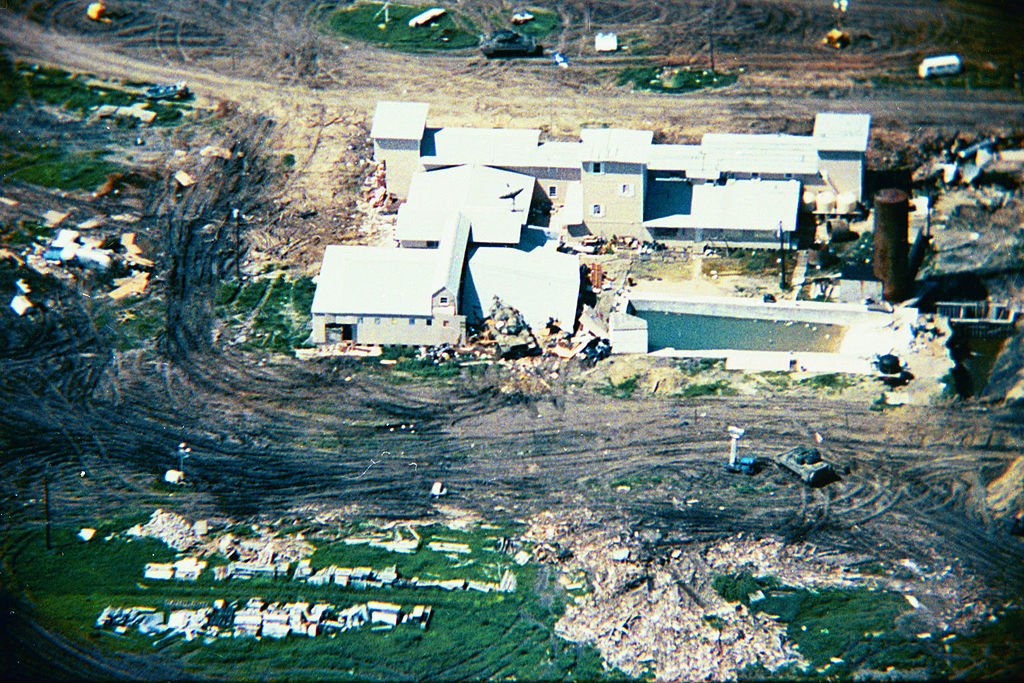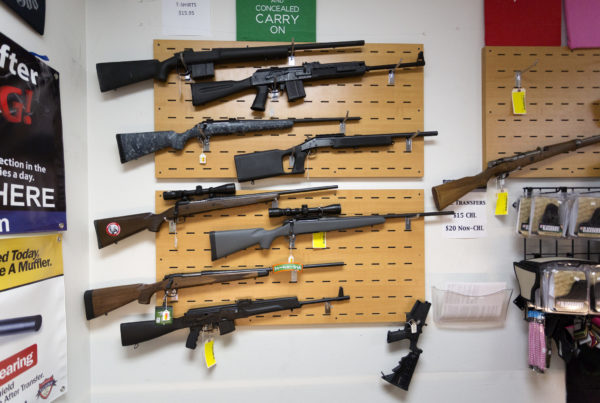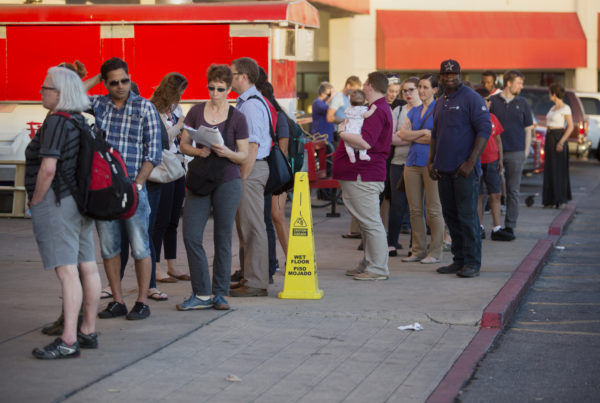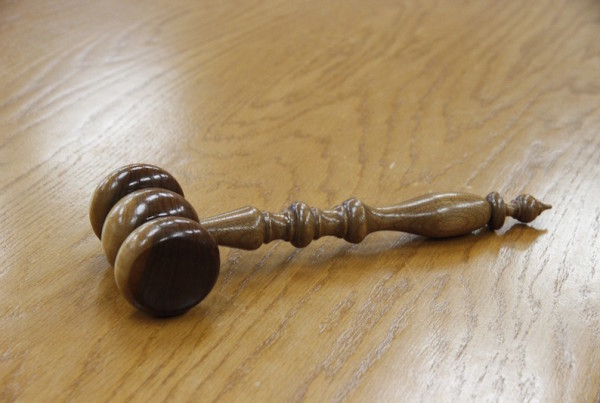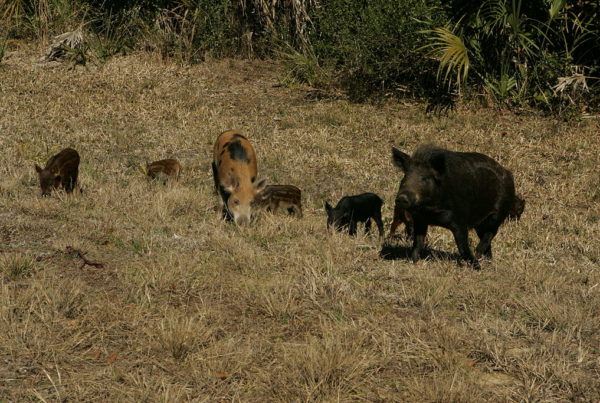On Feb 28, 1993, agents from the Bureau of Alcohol, Tobacco, Firearms and Explosives entered the Branch Davidian compound outside Waco, Texas. The agents were there to serve warrants for for illegal weapons. The situation that day developed into a firefight that took the lives of six Davidians and four agents. Many more were wounded.
That firefight started a standoff that lasted 51 days and also ended tragically — when flames engulfed the compound’s residences, killing all but nine members of the tiny religious sect. After-action reviews and study committees began to dissect the events of the standoff and firefights. The reviewers sought ways law enforcement officials could do better, if they ever encountered such a situation again.
Ronald Sievert of the Bush School of Government and Public Service at Texas A&M ran the U.S. Attorney’s Office in Austin at that time. Sievert was privy to the reviews and reports on the Branch Davidian standoff. He says the ATF’s plan had been to apprehend members of the Davidians outside the compound’s buildings when they were away from their weapons, rather than attempting to enter the compound.
“As it turned out, they were not out in the field because they had been tipped off,” Sievert says. “They were not surprised. The ATF on-scene commanders knew they were not surprised, but they decided to go in anyway.”
Sivert says the Davidians’ weapons were also superior. The group had M16 and AR-15 rifles, while ATF agents carried pistols.
Sievert says negotiators tried repeatedly to reach a solution..
“We were really hoping for a peaceful outcome,” Sievert says. “We were all set up to bring people in. The fact that the fire started in there… and burned so quickly, and that some of the women and children in there who were not combatants died – I think is just a horrible thing. But make no mistake about it, the instigator, [Davidian leader David] Koresh, was not rational.”


